Why do cucumber leaves wither and what to do about it?
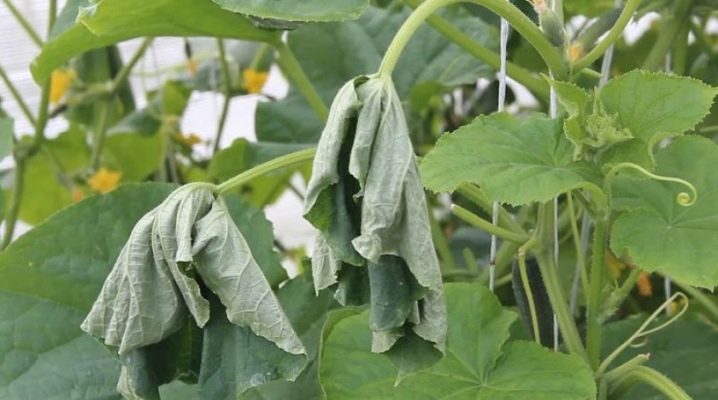
Withered and unkempt cucumber lashes are a reason for their urgent resuscitation. From the material in this article, you will learn why the leaves and cucumbers wither and what you need to do to correct the situation.
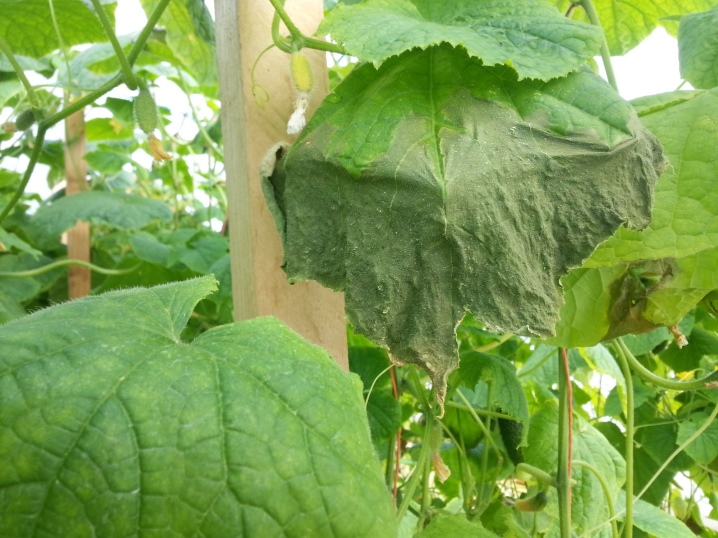
Improper care
The most common reason for the poor condition of cucumber lashes is improper plant care. With competent and high-quality care, even a novice gardener can achieve a high yield.
Watering
Improper watering is the leading cause of wilting of leaves and shoots. The crop requires a lot of water, with irregular irrigation, it signals drooping foliage and bitter fruits.
However, the soil should not be wet. Due to stagnant fluid, fungal infections appear, such as root rot. It blocks the work of the root system, which stops the access of nutrients to the ground part of the lashes.
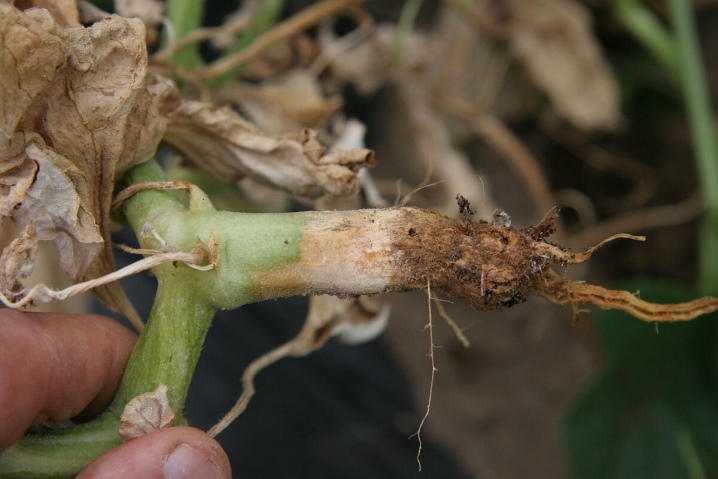
Without taking timely measures, the plant weakens and dies. A roughly similar picture is observed when watering a vegetable crop from a water tap.
The solution to the problem is daily evening watering of cucumbers with warm water from a barrel installed nearby. You need to fill the container in the morning so that the water heats up to the optimal temperature during the day.
Watering should be moderate. The roots of the lashes are not able to absorb excess moisture. If the ground at the base of the shoots is swampy, it must be loosened. This will increase oxygen supply and dry out the soil.
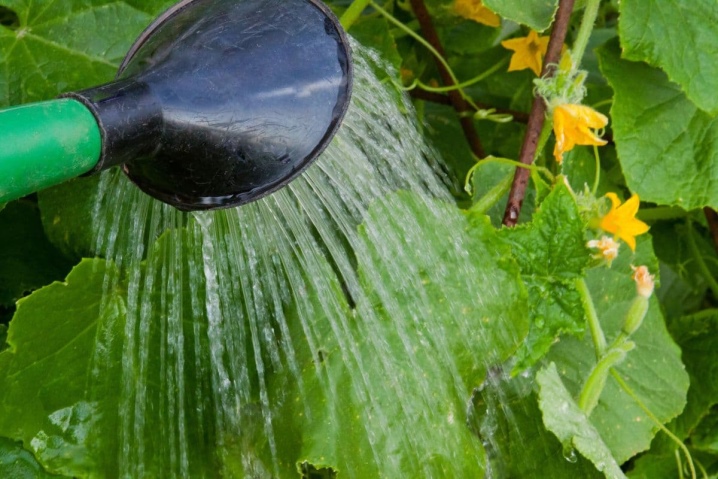
The first shoots can be watered with a spoon. This will prevent soil erosion and exposure of young roots. In the spring, you can water the seedlings with not only filtered, but also melt water.
Sludge from tap water is necessary for the sedimentation of harmful suspensions. If the leaves of small seedlings begin to dry, they do not have enough moisture. Seedling roots dry out very quickly. If you forget about watering, the seedlings will die.
Greenhouse plants are watered between rows. This will prevent stagnant fluid. It is impossible to water the soil abundantly in the root zone.
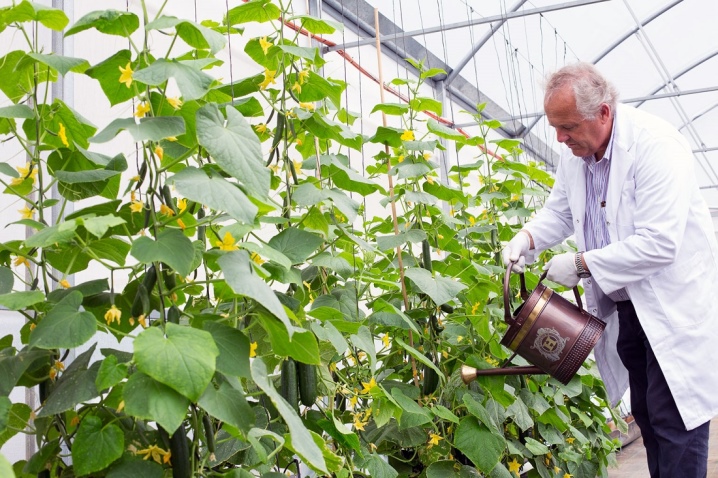
If desired, you can sprinkle dry hydrogel on the ground, which swells when absorbed by water. As the soil dries, it is used for other plants that need life-giving moisture.
Do not pour cold water on cucumber lashes. Culture does not immediately absorb such water; it experiences shock. Do not forget to water the plant or do it during the day in the heat under the direct rays of the sun.
Top dressing
The correct development of culture in the open field or in a greenhouse is impossible without adequate nutrition. The plant should receive nitrogen, phosphorus and potassium. Otherwise, the green mass does not grow, lethargy, pallor, and drying of the foliage are noted.
A weak plant cannot form full-fledged succulent lashes. Its root system is already underdeveloped. It is difficult for her to absorb nutrients from the earth in the right amount.
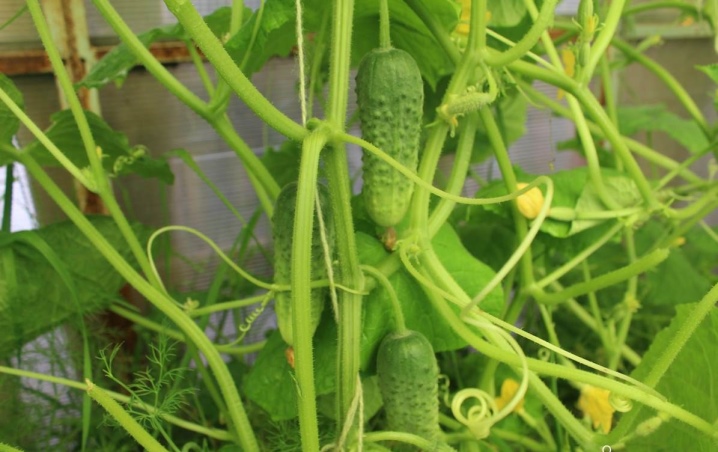
Scourges need micronutrients. If they do not have enough manganese and iron, the formation of yellow veins is observed on the leaves.
You need to solve the problem by applying fertilizer for the roots. Top dressing is applied three times per season (dosed, in small portions). First, the plant is fed 2 weeks after picking the seedlings. The second time the roots are nourished before the growing season. The third is during fruiting. To eliminate the problem, complex mixtures on an organic or mineral basis are suitable. If you want to extend the fruiting and life cycle of the lashes, add the 4th top dressing.
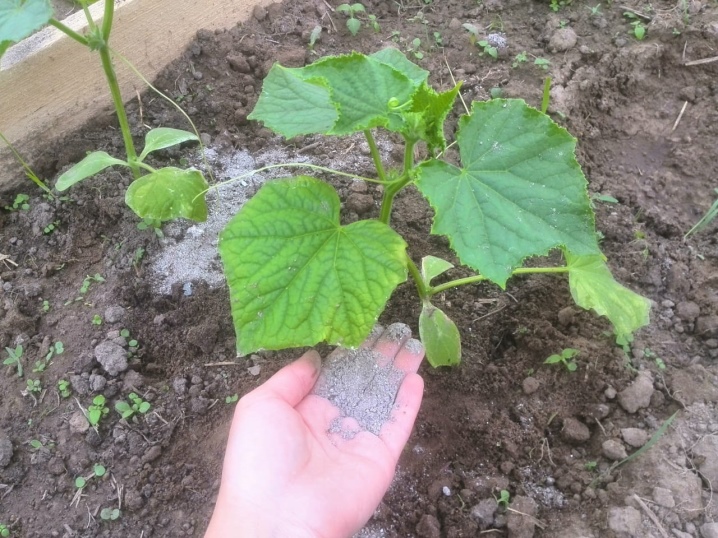
Wrong landing site
Often, the wilting of seedlings is associated with insufficient insolation. In many respects, the question is solved by choosing the most suitable place. At the same time, one should not forget about the timing of the transplant.
If they are outstripped, it is difficult for the seedlings to resist the influence of external factors. When the seedlings are planted later than usual, the roots are damaged. Cucumber lashes are afraid of the heat and the scorching sun.
In the heat, the leaves of young and fruiting plants can curl into tubes. This is due to the rapid evaporation of moisture from the surfaces of the leaves. Twisting them is an attempt to reduce the evaporation area.

Lack of sunlight is no less a problem. You can not plant cucumbers where they do not have enough sun, space, air. The thickening of the planting is excluded. In this case, you need to get rid of the extra lashes.
You can not plant cucumbers in a poorly lit place. With low light consumption, foliage withers and disappears. The place chosen for the garden should be moderately warm.
For this, a gradual cooling of the ridges is organized. Instead of sheltering the landing, plastic bottles of water are laid out. They will give the plant the accumulated heat all night.
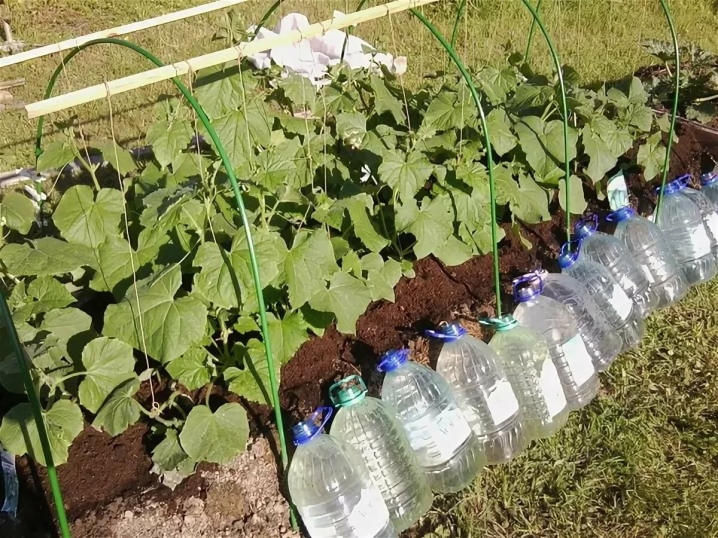
The culture is vulnerable to temperature extremes. When it drops sharply, the leaves suffer in the first place. Due to stress, wilting occurs, the growth of shoots stops, and their death.
Bad neighbors
When choosing a place for planting cucumbers, they take into account the success of the neighborhood with a particular culture. The plant is considered unpretentious and gets along with many vegetables. But there are certain species, because of which the bushes grow small, not capable of forming a high yield.
You should not plant cucumbers in places where melons or pumpkin crops were previously planted.
You should not plant cucumbers in the beds where squash, zucchini and melons grew last year. These crops have different growing conditions.
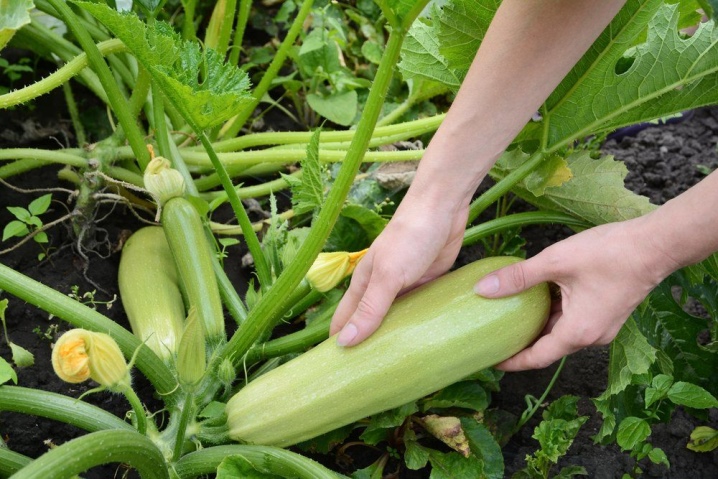
Neighborhood with tomatoes is undesirable. Due to the developed root system, the rhizomes of the lashes will receive less energy and nutrients. Don't plant strawberries nearby.
Corn, radishes, turnips can become neutral neighbors. The best are onions, cabbage, peppers, garlic. You need to plant seedlings in a new place every year. In greenhouses, a whip tie is required to avoid burns when touching the walls.
Don't experiment with scented herbs. Basil and arugula will oppress cucumber whips. Fennel should not be planted next to it.
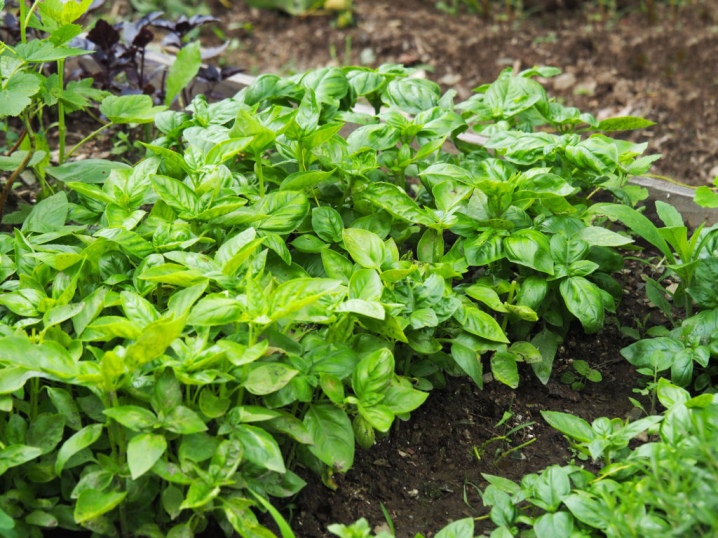
Its root system will pull all moisture and nutrients out of the ground.
Potatoes are also considered a bad neighbor. Its proximity to cucumbers will be mutually depressing. In addition to the selection of moisture and nutrients, it will shade the whips. It is often affected by the same pests as cucumbers.
Much depends on the size of the greenhouse. If it is small, it is more expedient to grow only cucumbers in it, without adding other crops.
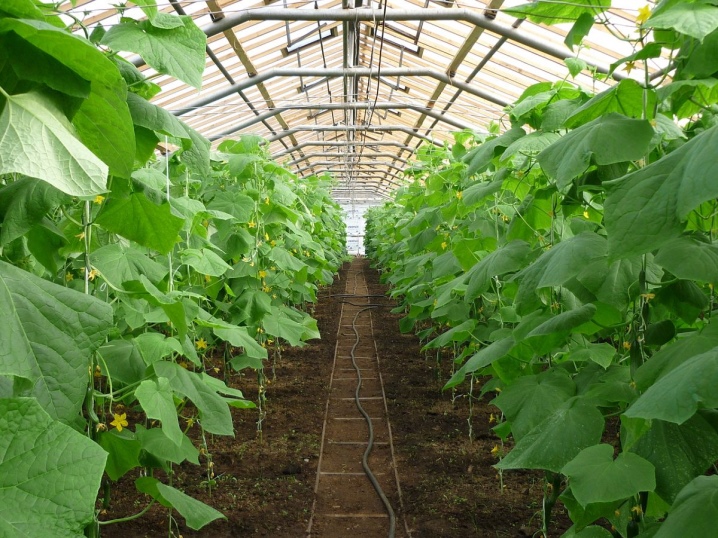
Diseases and pests
The leaves of the whips wither due to attacks of harmful insects and diseases. In both cases, there is a rapid progression of the problem. If you do not intervene in time, not only the leaves, but also the fruits will die within a short time.
In caring for cucumber lashes, experienced gardeners have to deal with several types of diseases.
Root rot damages the roots. Primarily, there is a modification of the neck, then the disease spreads to the rest of the processes. The lower leaves begin to fade, the death of the bush occurs within a few days.
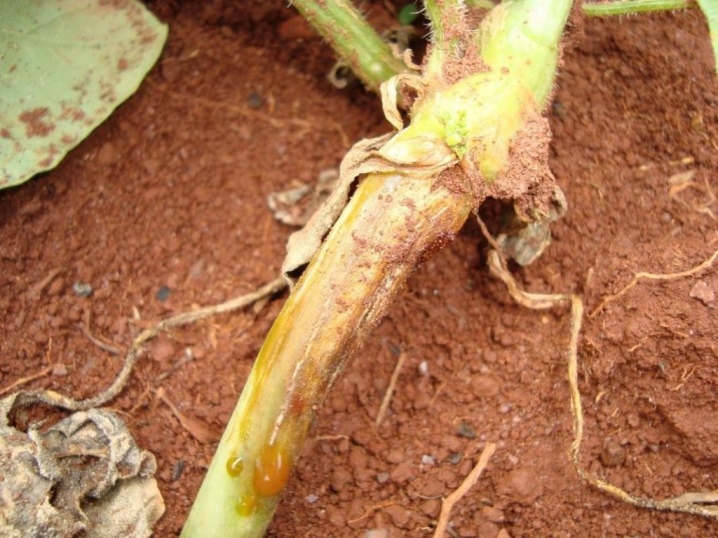
To suspect fusarium lashes can be on the withering top. Together with this, the main stem of the whip begins to rot from below. The leaves dry initially at the edges, then this spreads to the entire area of the plates.
For cladosporiosis darkish manifestations are characteristic. They appear on shoots, leaves and fruits. You can't eat such cucumbers. And also characteristic diseases can be white, gray rot, copperhead, parasporos, powdery mildew, angular spotting.
Aphid chooses cucumber lashes because of the delicious juice in the leaves.She pierces it with her proboscis and draws out the sap, forming honeydew that attracts ants.
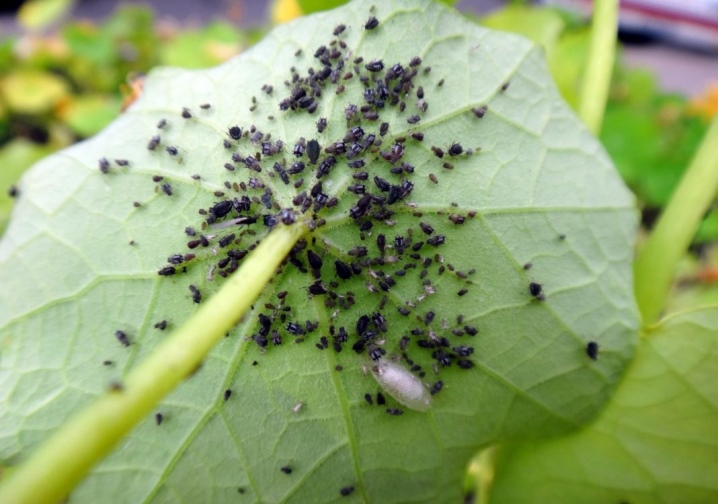
Colonies of parasites spread rapidly, destroying not only cucumber, but also neighboring beds. You need to get rid of aphids by means of a chemical, biological products, folk remedies.
Spider mite prefers to feed on young seedlings, but adult bushes can also be affected. Where he settles, the leaves are covered with the finest cobwebs.
Thrips prefer to feed on the juice of green leaves and shoots. Because of this, cucumber lashes cannot form correctly. They bend, the foliage gradually turns white, dries up and falls off.
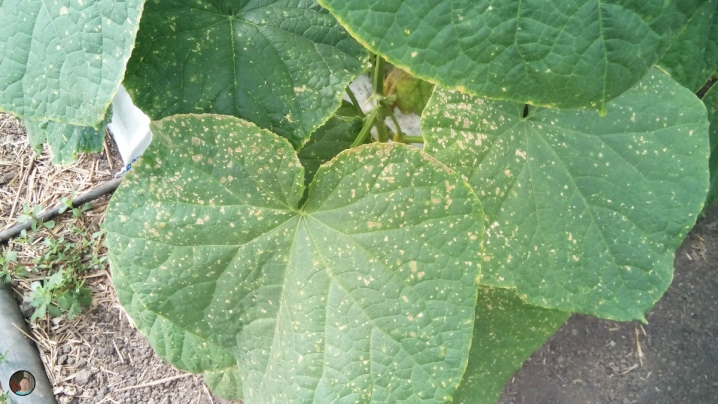
The most common cause of damage to plants by fungal infections is improperly organized greenhouse conditions. In closed rooms, there is no air ventilation, and the humidity is high.
Depending on the source of the problem, mustard infusions, solutions of vinegar, soda, soap with wood ash are used to solve it. They also resort to spraying the lashes with effective biological products (Fitoverm, Akarin).

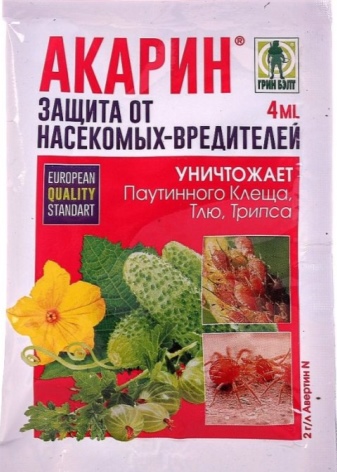
Spraying for diseases is carried out with a working solution based on trichopolum and warm water. It can also work the soil, previously moistened with plain water.
The tops can be sprayed with a weak solution of potassium permanganate. It will increase the tone of plants, make them resistant to diseases. Infected plants can be treated with milk whey, Fitosporin, Trichodermin, Metronidazole.

Prevention measures
It is not always possible to get rid of the yellowness of cucumber leaves. That is why it is necessary to know the methods of prevention and recommendations. It is necessary to solve the problem after identifying the cause of the wilting of the foliage.
Preventive measures can vary. At the initial stage of cultivation, the seeds are heated. They are soaked in special solutions that promote strengthening and rapid growth.
It is impossible to violate the norms of crop rotation. Cucumbers are not planted in the same place all the time. Seedlings are planted in areas where suitable vegetable crops used to grow.
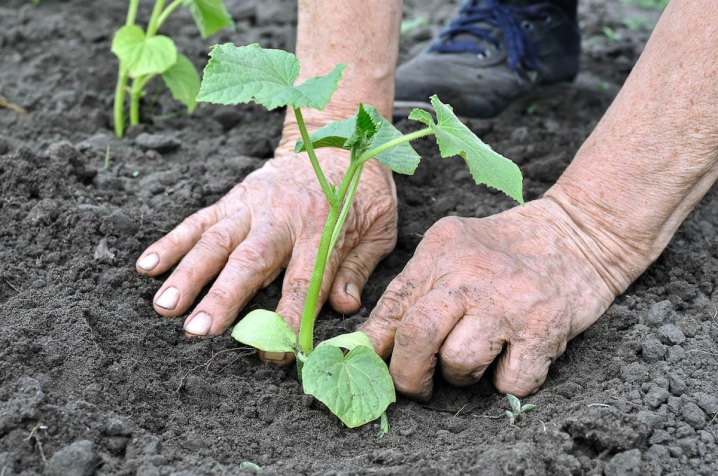
The picking of seedlings should be carried out in a timely manner and strictly in accordance with the scheme. Certain intervals must be maintained between bushes and rows. Do not plant several seeds in each hole.
It is important to remember about the timely change of depleted soil, resorting to this at least once every 2 years. For irrigation, use settled water. Drip irrigation systems are being installed in greenhouses.
In order to prevent dense planting, special attention is paid to the interval of the arrangement of the bushes. After planting, cucumber lashes stretch out and intertwine.
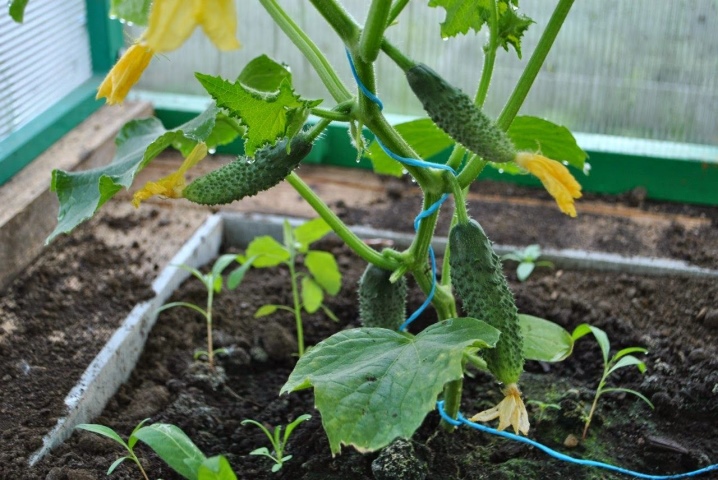
In order not to reduce the access of light, no more than 2-4 seeds or seedlings with developed leaves are planted per 1 m2. When planting parthenocarpic varieties, the number of seedlings is halved.
If necessary, thinning the bushes is carried out. Get rid of excess lashes, weak shoots, wilting and yellowing leaves. Pinch points of growth, and improve air exchange. If necessary, the shading lashes are removed along with the roots.
The correct organization of the ridges is important. If possible, they can be not only warm, but also mobile. Bottles of water are lined with stones. "Accumulator" heat will save the plant from stress.
When arranging cucumber ridges outdoors, you can use weaving nets. This will give the plants more air. This preventive measure will prevent stagnation of moisture at the roots.
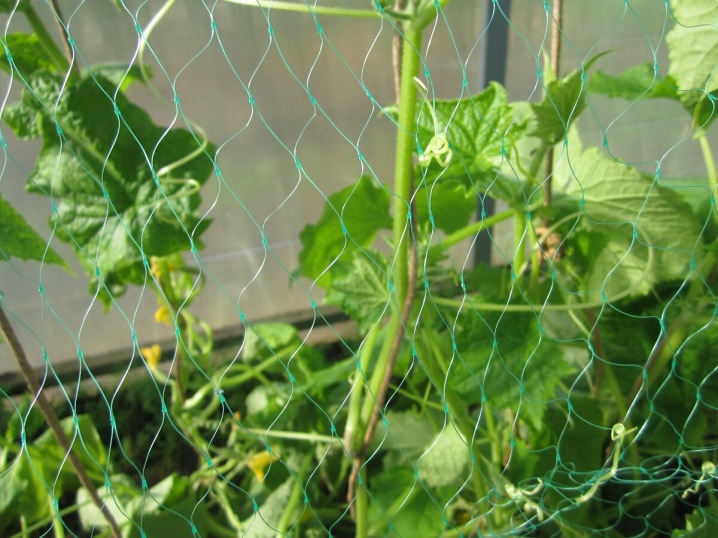
It is necessary to provide for the care of the plant during the drought period. For this, mulch is stocked up in advance. Peat, straw, humus, bark are prepared. If necessary, fertilizing the soil is fertilized with ash, yeast, urea.
If the lashes are planted in the sun, they are shaded by constructing canopies from scrap materials. For this, cardboard sheets, burlap, old sheets are suitable. In the evening, along with soil irrigation, bushes are sprayed.
Provide proper care for the whips.Eliminate treatment with herbicides that can harm the crop and its yield. If they are treated with neighboring crops, make sure that they do not fall on foliage and shoots.

If this happens, chemicals are washed off the sheet plates. Otherwise, the leaves will soften, turn yellow and dry out. For flushing, use ordinary settled water without any additives.
Insecticides are used immediately upon detection of pests. Both biologics and folk remedies are suitable. As a last resort, resort to the use of chemicals.
If the lashes are severely damaged by pests or infections, they are disposed of. The bed is treated with a manganese solution. After that, it is used to plant other plants. Leaving diseased plants in the beds is strictly prohibited.
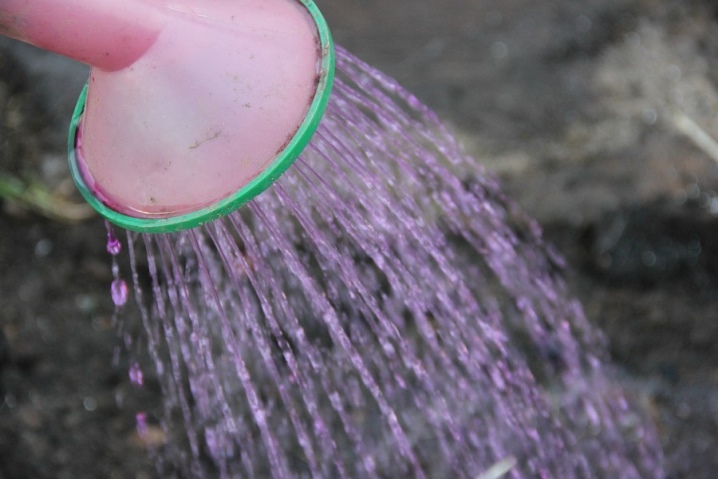
To quickly cope with diseases, you need to have a fungicide on hand.... An effective remedy will instantly stop the wilting of foliage and the spread of the disease in the early stages of its manifestation.
You need to choose a drug for a specific type of treatment. The tools are not at all universal. They have a different principle of action and dosage. Failure to comply with the instructions may lead to greater wilting of the lashes.
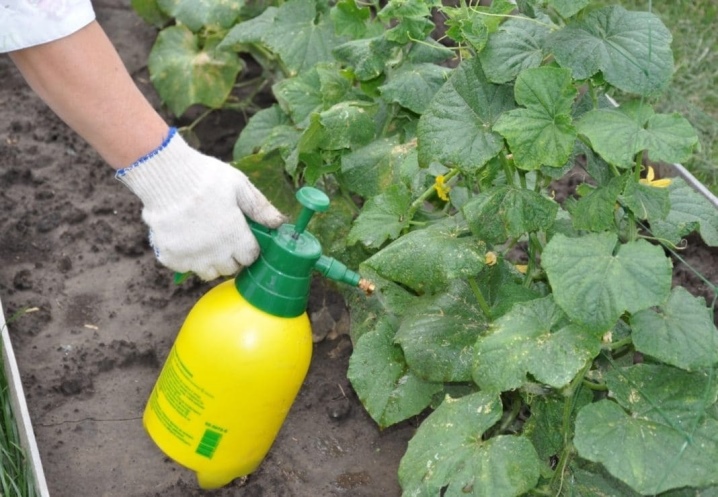












The comment was sent successfully.